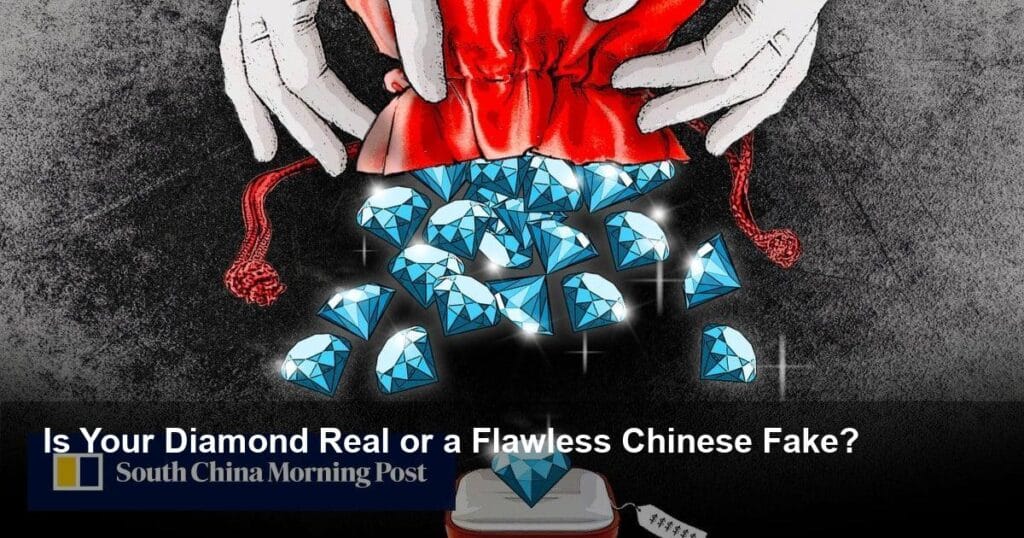China’s ‘Perfect’ Gems Threaten Diamond Market

Key Highlights
- China is spearheading the mass production of flawless, high-quality lab-grown diamonds, presenting a significant challenge to the traditional diamond industry.
- These artificial gems are physically and chemically identical to mined diamonds but are available at a substantially lower price point, attracting budget-conscious consumers.
- There is a growing concern within the legacy diamond market that the influx of lab-grown alternatives is eroding the demand and perceived value of natural stones.
- The debate intensifies over what constitutes “real” value—the billion-year-old story of a natural diamond or the technological perfection and ethical appeal of a created one.
The Diamond Industry’s New Contender
For decades, the allure of a natural diamond, forged deep within the Earth over billions of years, has been unrivaled. It has been a symbol of eternal love, luxury, and rarity. However, this long-standing perception is now facing an unprecedented challenge from an unlikely source: the laboratories of China. Chinese producers have pioneered and scaled the technology to create flawless artificial diamonds that are virtually indistinguishable from their natural counterparts, shaking the very foundations of the global jewelry market.
China’s Technological Dominance
At the forefront of this disruption is China’s mastery of production techniques like High Pressure/High Temperature (HPHT) and Chemical Vapor Deposition (CVD). These processes replicate the natural diamond-forming conditions, allowing manufacturers to grow perfect gems in a matter of weeks. The result is a product that is not a mere imitation but a genuine diamond in every scientific sense, lacking only the geological history and, crucially, the premium price tag. This ability to churn out high volumes of pristine gems has positioned China as a dominant force in the lab-grown sector.
A Market Facing Unprecedented Pressure
The primary impact of this technological boom is on market dynamics. With lab-grown diamonds often retailing for 50-70% less than natural diamonds of comparable size and quality, consumers are taking notice. This price accessibility has opened up the diamond market to a new demographic that was previously priced out.
Consequently, the traditional diamond industry is sounding the alarm. Insiders worry that this surge in supply is not just satisfying a new segment but is actively eroding the demand for natural stones. The core marketing pillar of “rarity” that has propped up natural diamond values for a century is now being called into question. If a perfect, identical alternative is readily available for a fraction of the cost, what is the “real” value of a mined diamond?
The Shifting Definition of Value
The rise of artificial gems has sparked a philosophical debate about value. Proponents of lab-grown diamonds highlight their ethical and environmental benefits, offering a conflict-free and more sustainable choice compared to traditional mining. For many modern consumers, particularly millennials and Gen Z, these factors are just as important as the stone’s sparkle.
In response, the natural diamond industry is doubling down on the narrative of romance, history, and legacy. They argue that a stone created in a lab can never capture the magic and timeless story of one born from the Earth. As the market grapples with this identity crisis, one thing is clear: the diamond is no longer just a stone. It’s a choice between tradition and technology, between geological rarity and human ingenuity. China’s flawless creations are not just upending a market; they are forcing us all to reconsider what makes a diamond truly precious.
Image Referance: https://www.scmp.com/economy/china-economy/article/3330244/china-churns-out-artificial-gems-diamond-still-forever

